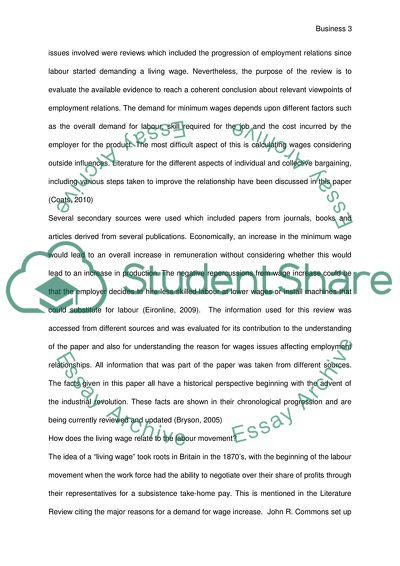Cite this document
(Employment Relations in Britain Case Study Example | Topics and Well Written Essays - 2500 words, n.d.)
Employment Relations in Britain Case Study Example | Topics and Well Written Essays - 2500 words. Retrieved from https://studentshare.org/human-resources/1616517-employment-relations
Employment Relations in Britain Case Study Example | Topics and Well Written Essays - 2500 words. Retrieved from https://studentshare.org/human-resources/1616517-employment-relations
(Employment Relations in Britain Case Study Example | Topics and Well Written Essays - 2500 Words)
Employment Relations in Britain Case Study Example | Topics and Well Written Essays - 2500 Words. https://studentshare.org/human-resources/1616517-employment-relations.
Employment Relations in Britain Case Study Example | Topics and Well Written Essays - 2500 Words. https://studentshare.org/human-resources/1616517-employment-relations.
“Employment Relations in Britain Case Study Example | Topics and Well Written Essays - 2500 Words”, n.d. https://studentshare.org/human-resources/1616517-employment-relations.


